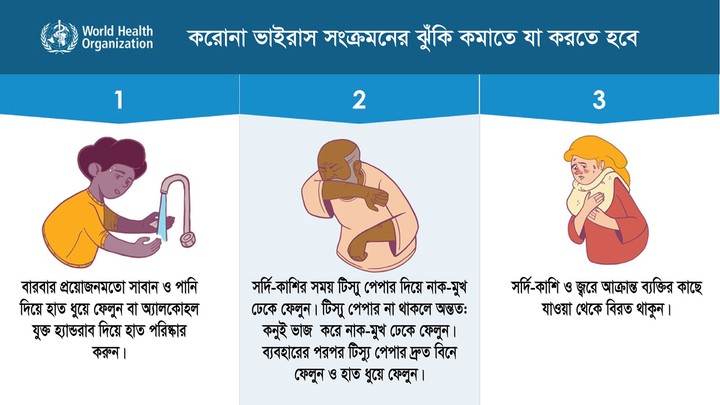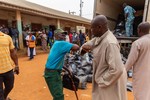COVID-19
 Photo by rawpixel on Unsplash
Photo by rawpixel on Unsplash
The COVID-19 pandemic made epidemiological models of disease transmission policy-relevant to every government around the world. The exponential growth of the coronavirus required a rapid policy response, which came in the form of social-distancing and lockdown mandates. Many lockdowns were instigated by modeling what would happen without such interventions, including work by the Imperial College London COVID-19 Response Team.
My work with epidemiologists is focused on two things:
- Providing an analysis of the economic consequences of COVID-19 lockdown and social distancing policy.
- Modeling the response of economic agents to the risk of disease.
Economic Consequences
At the center of any epidemiological model is the probabilistic risk of disease transmission. Different policy interventions have the potential to reduce the risk of transmission and resultant mortality, but given the significant non-linearities in the dynamics of disease transmission, policies that appear similar can have vastly dissimilar outcomes. Evaluating the optimal level of stringency for any public health measure requires a risk-reward tradeoff, and economics has a substantial toolkit for thinking about the value of risk reduction. To this end I’ve worked in collaboration with researchers at the Imperial College London to use their SEIR model of COVID-19 transmission, squire, to provide estimates of the welfare value of risk reduction under a number of policy scenarios. In our paper, “The Benefits and Costs of Social Distancing in High and Low Income Countries,” we consider the welfare value to social distancing and lockdown policies in countries across the world. We find that the value of an identical policy varies widely between countries, due to different demographic factors, as well as the local price of risk. Economic estimation of welfare should continue to be employed in public health interventions, to provide a meaningful estimate of the value they provide each society.
Mobility in Epidemiological Models
The spread of disease in an epidemiological model is driven by mobility: how people move within and between areas, and who they interact with. Mobility in many models is either taken as a fixed parameter, often given by a relatively small set of studies. However, individuals—independent of any government policy—may reduce their mobility and interactions with others in response to high risk of disease. Furthermore, lockdowns may be ineffective if people may choose the risk of disease over potentially extended periods of economic deprivation. These concerns are particular salient for people living close to subsistence with little access to government support. My aim is to help develop epidemiological models that incorporate the mobility decisions made by millions on a day-to-day basis over whether reduce their interactions with others or to go out in search of work.
Ongoing work in Bangladesh involves the use of symptomatic data to estimate the prevalence of COVID-19. A lack of medical testing (in many countries) has made it difficult to estimate the prevalence or trajectory of the coronavirus. Working with the NGO Jeeon I am using machine-learning tools with pharmacy-level symptomatic reports to derive estimates of the local prevalence of COVID-19 across Bangladesh.
